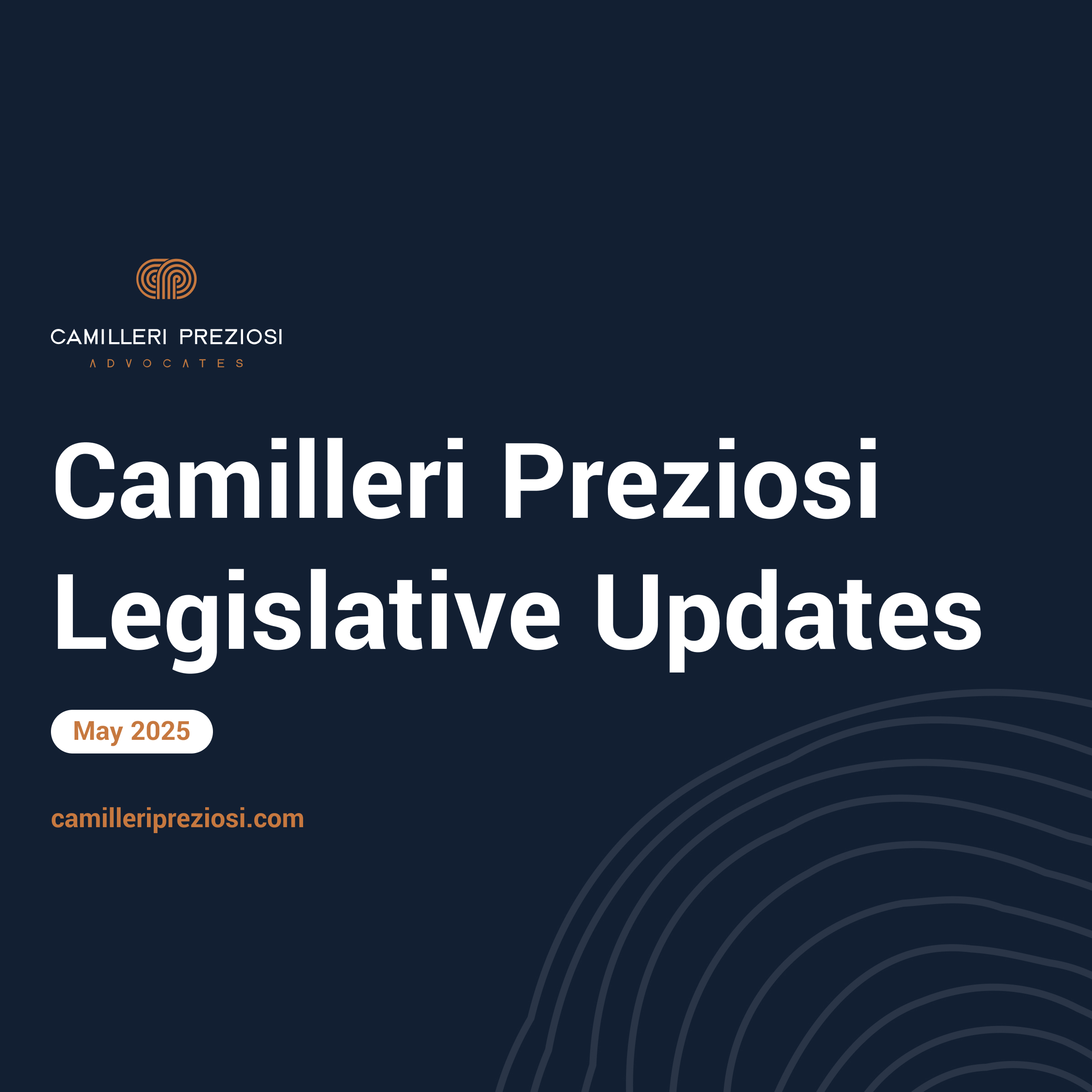
Just a few days ago, the European Commission published its communication titled ‘Public Procurement: A data space to improve public spending, boost data-driven policy-making and improve access to tenders for SMEs’ (2023/C 98 I/01), officially launching the Public Procurement Data Space.
The Commission notes that every year in the EU, over 250,000 public authorities spend €2 trillion (around 13.6% of the EU GDP) on the purchase of services, works and supplies. The correct purchasing choices, it notes, can help boost jobs, growth and investment in Europe while creating a more innovative, competitive, energy-efficient and socially inclusive economy. Unlocking the full potential of this purchasing power requires access to data in a manner in which it is easy to analyse, yet 80% of data on calls for tenders is spread in different formats at different national or regional levels, the Commission points out. This is where the Public Procurement Data Space comes in.
With this space, the Commission aims to “harness the power of data available throughout the EU” by “revolution[ising] the access to and use of public procurement data” through the creation of a platform at EU level allowing access, for the first time, to public procurement data scattered until now at EU, national and regional level, thus giving public buyers new and valuable insights.
The results of this platform and exercise will include, in the Commission’s view:
- allowing public buyers to team up and buy in bulk to obtain better prices and higher quality;
- the generation of more bids per call for tenders by making calls more attractive for bidders, especially for SMEs and start-ups;
- allowing public buyers to benchmark themselves more accurately against their peers and exchange knowledge, for instance with the aim of procuring more green, social and innovative products and services;
- granting policy makers the ability to predict future trends.
Tenderers, and SMEs in particular, are also envisaged to benefit from the initiative, since these will have at their disposal an easy-to-use portal giving them access to a much greater number of open calls for tenders with better data quality (allowing them, for example, to single out buyers that focus on sustainable procurement or innovation).
Taxpayers will also have access to much more public procurement data than before, thereby improving transparency and accountability of public spending, the Commission notes.
The timelines being envisaged are as follows:
- mid-2023: the basic architecture and analytics toolkit will be in place and procurement data published at EU level available in the system;
- Q3 2023: the Commission will support interested EU countries to connect their national publication portals to the PPDS through the integration layer;
- end of 2024: all participating national publication portals will be connected, historic data published at EU level will be integrated and the analytics toolkit will be expanded;
- 2025 onwards: the system could establish links with additional external data sources
More information can be found at: https://single-market-economy.ec.europa.eu/single-market/public-procurement/digital-procurement/public-procurement-data-space-ppds_en
Apart from the above, we also wish to mention the Big Buyers Initiative, a European Commission initiative which promotes “collaboration between big public buyers in implementing strategic public procurement for sustainable solutions”, aiming to drive market demand for innovative and sustainable products and services in Europe.
The initiative establishes a number of working groups that focus on specific unmet public procurement needs, made up of a small number of public purchasing organisations, that meet regularly online and in person to benefit from a number of joint activities.
The activities of the working groups include the exchange of best practices, the carrying out of joint market engagement and sharing of market intelligence, the sharing of latest guidance and technical developments, and the joint development of procurement criteria and strategies. Full reimbursement of travel costs for physical meetings is offered.
The 2019 to 2022 working groups related to zero-emission construction sites, digital solutions in the healthcare sector, circular construction, electric heavy-duty vehicles. The third phase of the network will start in Spring 2023 with the establishment of ten working groups. A number of roles are available, from lead to buyer, follower, expert and even simply observer. Webinars from the different working groups are also occasionally held.
For more information, check out www.bigbuyers.eu.
For further information, or to discuss your procurement-related queries, kindly get in touch with Katya Gatt (katya.gatt@camilleripreziosi.com) or Steve Decesare (steve.decesare@camilleripreziosi.com).





